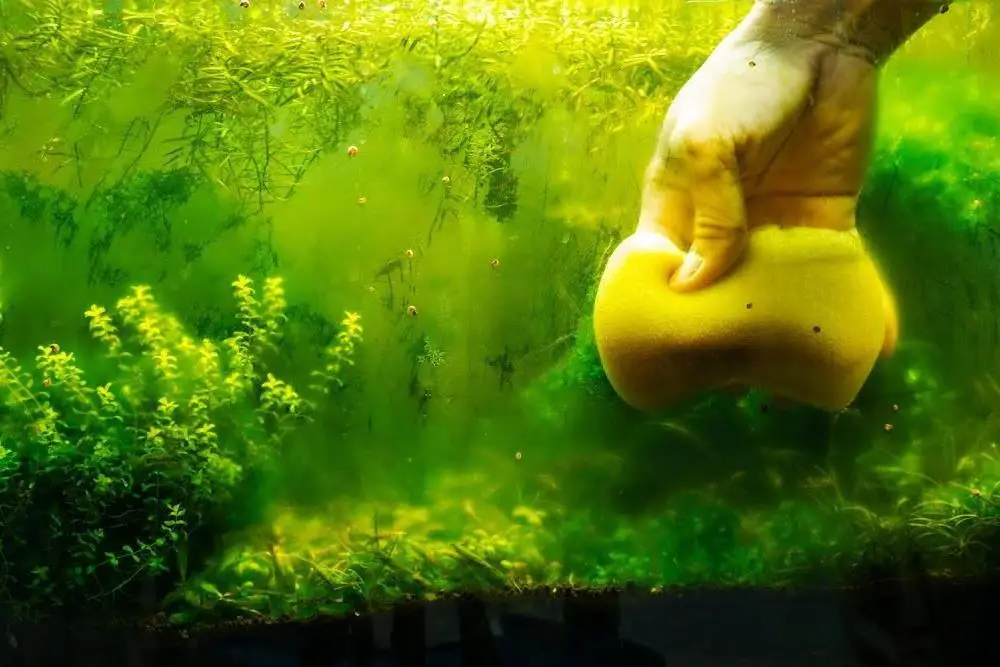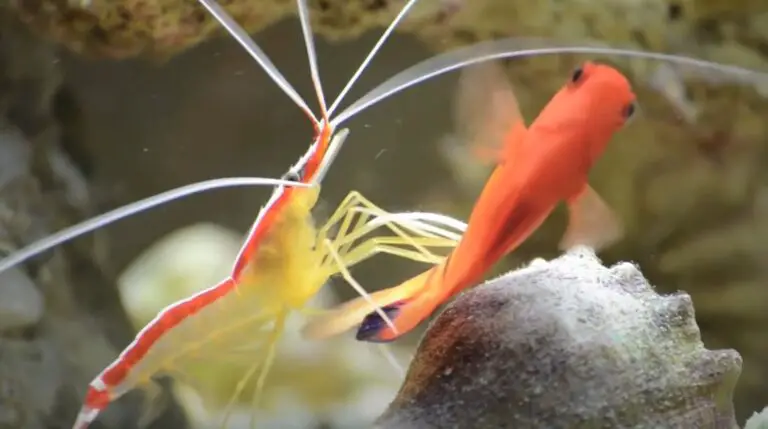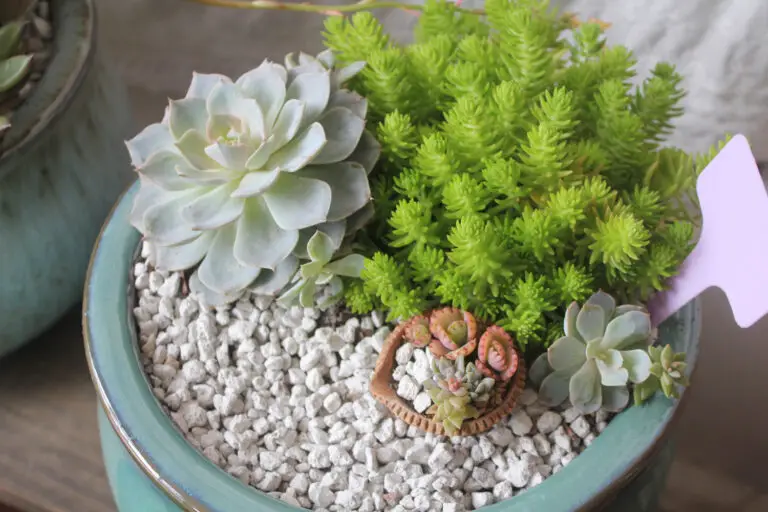How to Stop Mold in Fish Tank?
1. Clean the tank on a regular basis, at least once every two weeks. Remove and replace about 10-15% of the water during each cleaning to reduce bacteria levels in the tank.
2. Use an aquarium vacuum or siphon to clean around rocks and other decorations, as well as remove any excess food that has not been eaten by fish yet.
3. Monitor your fish’s health closely and treat them for any illnesses they may contract quickly with medication from a pet store or vet clinic; this will help keep mold away by keeping their immune systems strong enough to fight it off if it appears in the tank later on down the road.
4. Make sure you are using filtered water when adding new water into your fish tank; this will help reduce chances of mold spores entering your aquarium environment through tap water sources which can sometimes contain contaminants like chlorine that encourage bacterial growth over time.
5 .Use air pumps frequently throughout the day since oxygen helps prevent mold from developing in tanks due to its ability to break down organic matter before it starts forming colonies inside them (such as dead plant material).
- Clean the Tank: The first step to preventing mold growth in your fish tank is to keep it clean. Remove any decaying plant matter or food particles, and wipe down all surfaces with warm water and a mild detergent, making sure not to use anything too harsh that may be toxic for your fish.
- Adjust Lighting: Too much light can encourage algae growth which often leads to mold development in aquariums. Check the lighting schedule of your tank and make adjustments accordingly if needed.
- Monitor Water Quality: Regularly monitor pH levels as well as ammonia, nitrite, nitrate levels of the aquarium water using test kits so you can catch any changes before they become an issue for mold growth in your tank.
- Introduce Beneficial Bacteria: Adding beneficial bacteria into your aquarium will help break down waste products such as ammonia which can cause issues with mold growth when present at high levels over time. Consider adding bacterial supplements specifically designed for aquariums or live plants like Anacharis that naturally filter out toxins from the water column
- Increase Filtration: Make sure there is adequate filtration happening within the system by checking flow rates from filters and using air pumps if necessary. This will help promote healthy water conditions where mold is less likely to take hold in the future.

Credit: www.youtube.com
How Do I Get Rid of Mold in My Water Tank?
Mold in your water tank can be a real nuisance, and it’s important to get rid of it as soon as possible. The first thing you should do is inspect the tank for signs of mold growth. If there is any visible mold, then you’ll need to take action immediately.
One way to remove the mold from your water tank is by using chlorine bleach or sodium hypochlorite solution. You’ll want to mix one part chlorine bleach with nine parts cold water and use this mixture to fill up your tank completely, allowing it to sit for several hours before draining out the solution. Once drained, rinse out the interior of the tank thoroughly with clean cold water until all traces of bleach are gone.
You may also want to scrub down hard-to-reach areas with an old toothbrush and some vinegar or baking soda mixed into a paste if needed. After cleaning out the tank, make sure that all internal surfaces are dry before refilling it with fresh clean drinking water so that no trace amounts of chemicals remain in your stored supply!
What Kills White Mold in Aquarium?
White mold can be a real problem in aquariums, but fortunately there are several ways to kill it. The first step is to reduce the amount of moisture in the tank by increasing aeration and decreasing the water temperature. If possible, try not to let organic matter accumulate on the substrate as this will feed white mold growth.
It’s also important to remove any visible colonies of white mold with a siphon or sponge before treatment begins. Once you have done that, you can use an antifungal medication like potassium permanganate or copper sulfate which are both effective against many types of fungi including white mold. Finally, make sure your aquarium filter has plenty of beneficial bacteria so it can keep decomposing organic material from building up and causing future outbreaks of white mold.
With these simple steps, you should be able to keep your aquarium free from white mold for good!
What Eats Aquarium Mold?
Aquarium mold can be an unsightly problem in aquariums, but fortunately there are several creatures that will happily feed on it. These include shrimp, snails, and even some types of fish. Shrimp are especially efficient when it comes to consuming aquarium mold, and they also help keep the tank clean by eating other types of algae.
Snails like ramshorn and nerite snails also eat aquarium mold as part of their diet. Certain species of fish like Siamese Algae Eaters will graze on any kind of algae or diatoms that appear in your tank including aquarium mold. As a bonus these fish may also pick up bits uneaten food from the substrate which helps with water clarity too!
What is the Black Mold Looking Stuff in My Fish Tank?
Black mold is a common issue many fish tank owners face, and it can be concerning to spot in your aquarium. The black mold-looking stuff you’re seeing is likely an algae bloom caused by excess nutrients in the water that have been feeding the growth of this type of algae. Algae blooms are usually harmless for your fish, but they can cause cloudy or murky water so it’s best to address the problem promptly.
If left unchecked, however, excessive amounts of algae can block out light essential for aquatic plants and lead to oxygen depletion which may harm other organisms living in your tank. The easiest way to reduce the amount of black mold in your fish tank is by performing frequent partial water changes using dechlorinated tap water as well as regularly cleaning any decorations or substrate that may contain built up debris and organic matter that could contribute to nutrient overloads.
Additionally, if you notice any rapid increases in algae population ensure there aren’t too many sources of food like uneaten pellets or flakes around; reducing overfeeding will prevent further fuel being added into the system.
Finally, consider adding some fast growing aquatic plants like Elodea species as these will help absorb nutrients from the environment and compete with unwanted microorganisms like black mold for resources needed for their own growth!
How to Get Rid of White Fungus in Aquarium?
White Fuzzy Mold in Fish Tank
White fuzzy mold in fish tanks is a type of fungus that can grow on the walls and surfaces of your aquarium. This kind of mold is usually caused by high levels of organic matter, such as decaying food, in the water. It’s also possible for white fuzzy mold to form if there isn’t enough aeration or filtration in the tank, causing an imbalance between oxygen and carbon dioxide levels.
To prevent this from happening, it’s important to regularly clean your tank and maintain proper water chemistry levels. Additionally, you should feed your fish only what they can eat within a few minutes so that excess food doesn’t cause excessive bacteria growth which could lead to white fuzzy mold forming.
How to Get Rid of Black Mold in Fish Tank?
If you notice black mold in your fish tank, it is important to act quickly to get rid of it. Start by removing the fish and any other living creatures from the tank and disposing of any plants or decorations that may have been affected by the mold. Then use a 10% bleach solution to scrub down all surfaces inside the tank, including rocks, gravel, and filtration systems.
Once this has been done, add fresh activated carbon filter media along with new water treated with dechlorinator before returning your fish back into their home.
Black Mold on Fish Tank Lid
Black mold on a fish tank lid is a common issue, and it’s important to take care of it quickly as the mold can be harmful to your fish. Make sure to clean the affected area with an appropriate cleaner and then dry the surface before reapplying any sealant or silicone. It’s also important to ensure that your tank has adequate ventilation so that black mold doesn’t return in the future.
Water Mold in Fish Tank
Water mold is a type of fungus that can form in fish tanks and aquariums if the water is not properly maintained. It appears as white, fuzzy patches on various surfaces within the tank, including gravel or decorations. If left untreated, it can cause health problems for your fish by blocking their gills or growing over their skin.
To prevent water mold from forming in your tank, make sure to regularly change out 25-50% of the water every few weeks and keep an eye out for any signs of it appearing.
White Mold on Fish Tank Lid
White mold on a fish tank lid is an indication of excess humidity in the aquarium environment. It’s important to reduce this humidity as soon as possible in order to prevent the growth of more dangerous molds, which can harm your fish and plants. To do so, make sure that you’re not overstocking your tank with too many fish or putting too much food in at once.
Additionally, you should check your filter regularly and perform regular water changes to keep the tank clean and free from contaminants.
Black Mold Growing in Fish Tank
When it comes to fish tanks, black mold can be a common problem. Black mold is caused by high humidity levels and lack of ventilation in the tank, which creates a perfect environment for the growth of this type of fungus. It’s important to identify and treat black mold as soon as possible, as it can harm both your fish and the water quality in your tank.
Regularly cleaning your tank, using an air pump or filter to increase circulation within the aquarium, and keeping track of humidity levels are all effective ways to prevent black mold from growing in your fish tank.
Can Mold in Fish Tank Kill Fish?
Mold can potentially be fatal to fish in an aquarium if it is not taken care of properly. It can reduce the amount of oxygen available for fish to breathe, as well as cause irritation and infection when attached to a fish’s skin or gills. Additionally, mold growth can also indicate that there are high levels of nitrates and ammonia in the tank which can further harm your aquatic friends.
Taking steps like increasing water circulation and performing regular water changes will help keep mold away from your fish tank.
How to Get Rid of White Fungus in Fish Tank?
White fungus, also known as Saprolegnia, is a type of freshwater mold that can grow in fish tanks and cause disease. To get rid of white fungus from your aquarium, you should first start by cleaning the tank thoroughly with water and an aquarium-safe cleaner. You may also need to temporarily remove any affected fish to another tank for treatment with antibiotics or anti-fungal medications.
Additionally, make sure the water temperature remains consistent at all times, as fluctuations can encourage the growth of white fungus in an aquarium environment.
Conclusion
Mold in fish tanks can be a serious problem, but with the right approach and knowledge, it doesn’t have to be. By following the tips mentioned in this blog post on how to stop mold in fish tank, you will be able to keep your aquarium clean and healthy for your fish. Regular maintenance and monitoring of water parameters are key to preventing mold growth.
The use of treatments such as ozone or UV sterilizers may also help ensure that any existing mold is eliminated quickly and effectively.






